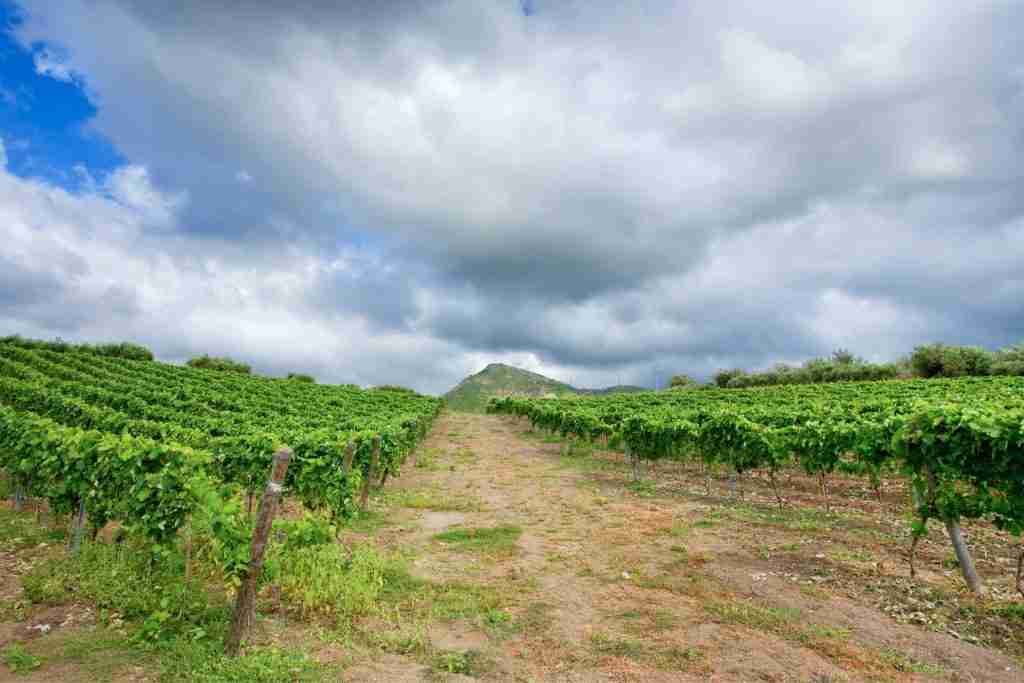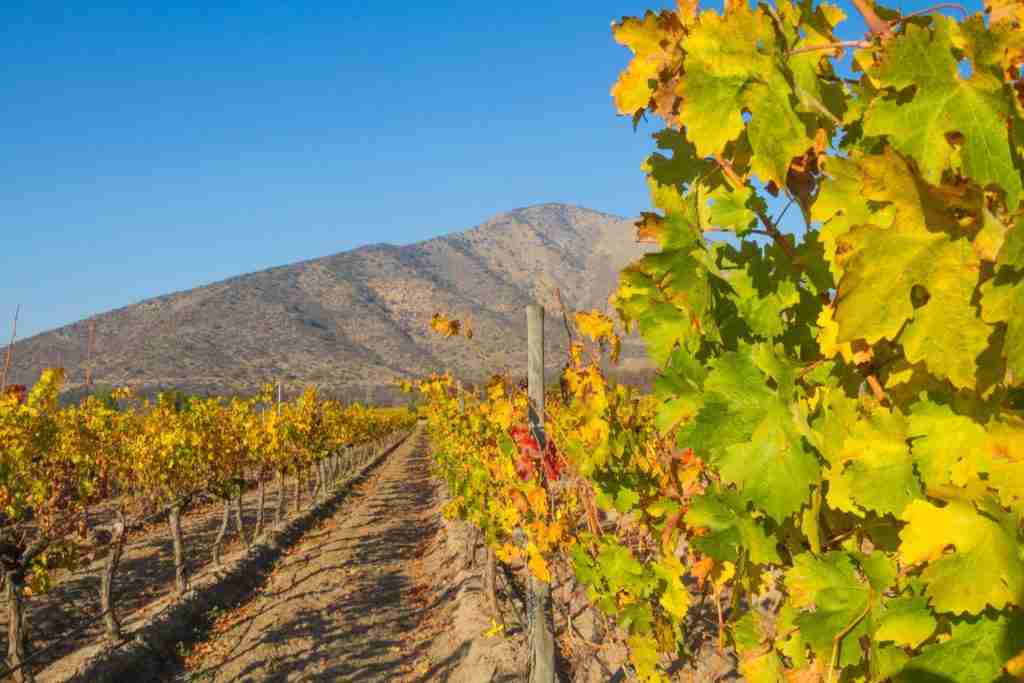Sicily, the largest island in the Mediterranean Sea, is not only known for its stunning landscapes and cultural treasures but also for its exceptional wines. With a history dating back thousands of years, Sicilian wines have gained recognition and appreciation from wine enthusiasts around the world. In this comprehensive guide, we will delve into the enchanting world of wines in Sicily, exploring their history, unique characteristics, and popular varieties that make them a must-try for any wine lover. In this article we will introduce wines of Sicily: the rich heritage and flavors through the ages.
“Sicilian wine is like a symphony of flavors, a dance of ancient traditions and a poem written by the earth and the sun.”
Anonymous
Wines of Sicily: historical roots of Sicilian wines. Tracing back to Greek and Roman times
The history of Sicilian winemaking stretches back over 3,000 years when the ancient Greeks established colonies on the island in the 8th century BC. They introduced vines and set up large-scale production around cities like Syracuse and Catania. Later, during Roman rule which started in the 3rd century BC, wine consumption rose steadily and Sicily became one of the empire’s most important wine suppliers. Complex irrigation systems were built, new techniques adopted, and wine exports reached peaks across the Mediterranean and beyond. This golden era established Sicily’s credentials as a prime viticultural land.

Wines of Sicily: Influence of Phoenicians and Arabs on wine production
Winemaking on the island also owes much to the Phoenicians who founded trading posts along the western and southern coasts during the 1st millennium BC. They brought improved grape varieties and wine-making knowledge from the Middle East. Later came Arab conquerors who controlled Sicily for over 200 years from the 9th century AD onwards. Though Muslims avoided alcohol, many pre-existing vineyards were preserved for trade purposes and taxes. The Arabs introduced advanced irrigation methods using qanats and water wheels which boosted wine yields. These invaders left an indelible impression on the island’s wine culture.
Wines of Sicily: Renaissance Period and the rise of noble families in wine making
During the Renaissance from the 14th to 17th centuries, Sicilian viticulture rose to new levels of sophistication. Powerful aristocrats like the Ventimiglia and Benso families expanded their vineyards. They drained marshes, divided fiefdoms, traded the sweet Marsala wines and experimented with the latest techniques. This spurred more vine planting and the establishment of defined wine zones. Names like Tasca d’Almerita still resonate today in Sicilian wine circles.
Wines of Sicily: diverse landscapes shaping distinctive flavors
An intriguing feature of Sicilian wines is how they embrace an astounding diversity of terrains – from gentle hillsides to dramatic mountain slopes. This unique ensemble of microclimates and soils translates into an expansive range of wine styles and tastes. For example, vineyards planted on the volcanic lava sandbox of Mount Etna – Europe’s largest active volcano – yield mineral-laced, elegant reds and whites. The sunny, undulating terrain around Menfi produces rich, fruity wines while the higher altitude areas in the interior provide fresh acidic whites full of apple notes. Whether it is earthy, flinty or vibrantly fruit-forward, Sicilian wines magnificently capture a sense of place.

Wines of Sicily: Microclimates from coastal plains to volcanic slopes
Adding to Sicily‘s remarkable territory is the range of microclimates that vines are exposed to. Along the coast, sea breezes have a moderating influence – promoting ripening while maintaining sufficient acidity. Inland zones experience hot summers and colder winters – ideal for fuller-bodied reds. The valleys between the island’s mountain chains display huge differences in temperature, rainfall and winds – suited for varied grapes. Even within smaller zones, aspects change every few kilometers based on small hills, slope angles and nearby water bodies. All this makes Sicily home to one of Europe’s most complex patchworks of microclimates tailor-made for viticulture.
Soil composition: a mosaic of geological diversity
Another boon for Sicilian wines is the profusion of fertile soils derived from the land’s colourful geological history – spanning three active volcanoes to hydrocarbon-rich sediments. The north-eastern volcanic zones comprise mineral-abundant, quick-draining volcanic soils that imprint unique characteristics upon grapes. Large swathes of central Sicily have calcareous clay soils that retain heat and moisture– perfect for full-flavored reds. Parts of western Sicily mainly feature limestone, marl and sandstone – imparting aromatic qualities. Thanks to this rich pedological diversity, vignerons can match different vines to each site for optimal results.

Wines of Sicily: types
Etna DOC: the volcanic elegance
The Etna DOC appellation located on the slopes of the iconic volcano compasses exceptionally elegant and ageworthy wines. The dominant red grape is Nerello Mascalese – a late ripener that produces medium-bodied, cherry-scented reds with silky tannins and good aging capacity. Popular white varietals like Carricante yield delicate wines boasting minerality, citrus and saline hints. These unique personalities derive from the area’s mix of lava-formed soils containing high iron, manganese and potassium. Overall, Etna DOC wines perfectly capture a sense of volcanic austerity.
Marsala DOC: A sweet fortified delight
No discussion of Sicilian wines is complete without the legendary Marsala – sweet and smooth amber-hued fortifieds. Produced around the western town of Marsala, they are made using a process similar to Port and Sherry. Base wines from local grapes like Grillo and Catarratto are blended and then aged oxidatively in barrels under a film of yeast. Extended maturation develops flavors of vanilla, nuts, dried fruits and spice. Marsala can be enjoyed as aperitifs or paired with desserts like caramel, chocolate and fruit tarts that complement their rich mahogany sweetness.
Nero d’Avola: the iconic red grape variety
If one grape variety has become a poster child for Sicily, it is the hearty red Nero d’Avola. Translating to ‘Black Grape of Avola’, it likely originated around Avola town in the south-east. Today, it is the island’s most widely planted red varietal comprising nearly half of all vines. Its popularity comes from an ability to produce deeply colored wines across a range of styles – from easy-drinking juicy reds to complex, age-worthy examples with generous plum and black cherry flavors along with spicy and gamey notes. Nero d’Avola puts Sicily firmly on the world wine map.
Grillo: aromatic whites from Western Sicily
Hailing from western Sicily is the widely grown Grillo – a breezy white variety that yields super aromatic wines redolent of citrus, tropical fruits and honeyed herbs. Its popularity in blends and surging single-varietal bottlings stems from an ability to achieve ripeness easily on clay soils while retaining freshness from Sicily’s coastal climate. Grillo flourishes in Marsala country but also partners well with island flavors like seafood. With a textural roundness and vibrancy of fruit, Grillo makes an excellent patio tippler.
Cerasuolo di Vittoria DOCG: A harmonious blend
A wine synonymous with Sicily is the island’s only DOCG – Cerasuolo di Vittoria – a harmonious blend of Nero d’Avola and Frappato grapes. Typically comprising 60% Nero d’Avola for body and structure topped up with 40% Frappato for aromatics and acidity, it embodies a successful marriage of opposites. Intense cherry and red berry fruit mingle with violet and peppery spice. Yet the wine remains light on its feet. This versatile red pairs excellently with everything from antipasti platters to meaty mains. It summarizes Sicily’s ability to craft singular world-class wines.

Wine tasting experiences in Sicily
Wine of Sicily: visiting vineyards and cellars across the island
One of Sicily’s biggest draws as a wine destination is the large number of vineyards and wineries offering tours and tastings. From famous names like Tasca D’Almerita, Planeta and Donnafugata to boutique cellars, wine lovers can easily immerse themselves in masterclasses about local varietals and winemaking styles. Many estates provide charming accommodation options too. Besides sampling the latest vintages and learning from experts, visitors get to enjoy the island’s natural beauty with most wineries surrounded by stunning vistas of hillside vines and olive groves.
Wine Festivals celebrating Sicilian viticulture
Adding to the wine tourism appeal are Sicily’s bustling wine festivals held throughout the year where attendees can swirl, sniff and sip to their heart’s content! The annual Mount Etna Wine Festival is a hotspot for sampling volcanic terroir-driven wines amid a lively street market ambience. Marsala hosts regular food and wine extravaganzas focused on Sicily’s fortified legacy. Smaller towns have dedicated harvest festivals for celebrating their cherished DOC zones like Vittoria and Pantelleria. Besides great wines, the events promise local gourmet fare plus traditional music and dance performances.
Wines of Sicily: sustainability practices in Sicilian winemaking
Organic and biodynamic approaches to preserve nature’s balance
Like in many parts of Europe, Sicilian wineries have wholeheartedly adopted organic and biodynamic philosophies to boost environmental sustainability. By eliminating synthetic chemicals and taking holistic approaches to soil health, water usage and vineyard ecosystems, they aim to ensure purity of winemaking practices aligned to nature’s rhythms. Instead of industrial solutions, traditional options like cover crops, green manures, botanical preparations and homeopathic treatments are embraced. The focus is on nurturing living soils teeming with microbial activity while raising nutrition levels in vines naturally to improve disease resistance. The ultimate goal is crafting authentic wines that capture a unique sense of Sicilian terroir.
Promoting biodiversity through sustainable agriculture
Progressive Sicilian wineries also emphasize biodiversity preservation by deliberately enhancing vineyard habitats. Older farming approaches like pruning only during specific periods, retaining heritage grapevine massale selections, and minimum intervention in cellar operations aid this objective. Even small gestures like nest boxes, bee colonies, wildflower planting go a long way in attracting beneficial insects and birds to vineyards. Such integrated pest management and mixed cover cropping helps recreate ecosystems where flora and fauna keep each other in check. Sicily’s incredible vine age (some over 100 years old) and clonal diversity perfectly support these sustainable ideals.
Food pairing with Sicilian wines
Traditional Sicilian cuisine: a perfect match
It comes as no surprise that Sicilian wines form the ultimate partners for the island’s glorious sun-kissed cuisine with its vibrant medley of sweet, sour and saline flavors. Local red stalwarts like Nero d’Avola beautifully complement slow-cooked meat classics like caponata stew as well as bold pasta creations such as ‘ncucciata ricotta-stuffed ravioli sprinkled with garlicky breadcrumb. Sicily’s flagship white – Inzolia (aka Ansonica) – displays a versatile affinity whether paired with light starches, citrusy salads or floral tuna carpaccio. Even the dessert wine of choice is the island’s own – the decadent orange-amber hued Marsala. Traditional food and old-world wines: it’s a perfect match rooted in regional legacy.
Seafood and citrus: complementing the island’s flavors
Considering Sicily is an island, it is little wonder that fruits-de-mer and succulent citrus feature prominently across dining tables. Native wines artfully complement these integral flavors. Zesty lemon-accented Grillo whites pair splendidly with Sicilian arancini rice croquettes and acidulous octopus salad. The navel orange notes of Carricante from Etna DOC Vineyards work magic with pumpkin ravioli and swordfish roasted with oranges. And the lifted floral tones of red Frappato vines surrounding Vittoria blend seamlessly with citrusy red prawn carpaccio and tuna tartare twirled with blood orange. When in Sicily, drink as the Sicilians do!
The rise of boutique wineries
Like elsewhere in Italy, the Sicilian wine landscape is witnessing a boom in small, specialized wineries focused on low intervention artisanal production. Often family-owned ventures, they leverage properties passed down over generations to craft benchmark wines rooted in terroir. Cutting-edge cellar technology allows custom fermentations while sustainable viticulture enhances quality. Trendsetting estates like Arianna Occhipinti, COS, Gambino and Graci have earned critical acclaim at international competitions. Some only produce a few thousand bottles annually from niche volcanic terroirs or single vineyards. The emphasis is firmly on boutique, eco-friendly practices.
Experimentation with indigenous grape varieties
Building on Sicily’s vast grapevine heritage spanning over 500 distinct genetic varieties, winemakers have begun extricating near-extinct ancient clones from remote CREA research centers to produce unique bottlings. These run the gamut from red obscurities like Nerello Mantellato and Galatena to long-forgotten whites like Zibibbo and Inzolia Toscana. Even better, many vines are pre-phylloxera – unaffected by the 19th century plague – lending them great resilience. Experimental micro-cuvées aim to highlight nuances specific to these salivating heirloom grapes. This new wave promises more surprises from Sicily’s unsung varietal wealth.
Wine tourism: a growing phenomenon in Sicily
With acclaimed wines capturing attention plus stunning rural vistas beckoning urban escapees, Sicily has successfully embraced wine tourism models focused on immersive visitor experiences spanning food, history and hospitality. Enotourism represents a major opportunity, especially for lesser-known regions eager to replicate consolidation seen around Tuscan and Piedmontese brands. Regional itineraries promoted by cluster associations allow flexible discovery of family-run wineries otherwise inaccessible to outsiders. Whether its olive grove picnics, cooking classes, vineyard horseback rides or grape harvest festivals, tourists now get to live the Sicily wine dream!
The bottom line
In this content we talked about wines of Sicily: the rich heritage and flavors through the ages. Sicily’s wines are a testament to the island’s rich history, diverse landscapes, and passionate winemakers who have dedicated themselves to producing exceptional vintages. From the volcanic soils of Mount Etna to the sun-kissed vineyards along the coast, each sip tells a story that encapsulates Sicily’s unique spirit. Whether you are a wine connoisseur or an adventurous traveler, exploring the wines of Sicily promises an unforgettable journey through flavors and traditions that have stood the test of time. With cutting-edge producers, boutique wineries and fascinating indigenous varietals, the island’s wine renaissance looks surely poised to capture further global imagination in the years ahead. Keep to follow us for many curiosities and travel guides and to discover our LCN App.

